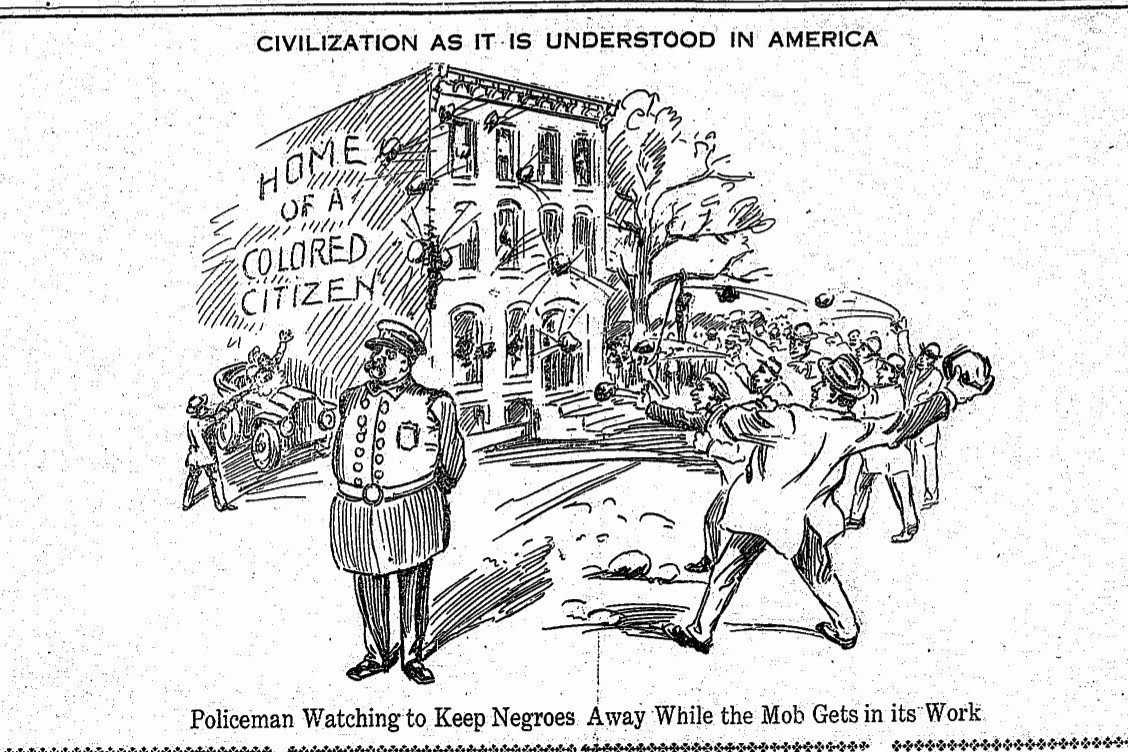1913: Political Segregation
Representation in City Government
Baltimore’s racial inequality was not limited to residential segregation. The city government, which had maintained some Black representation since 1890, began to shift in favor of white residents. Historian Andor Skotnes (2013) noted that
A unicameral City Council replaced the old bicameral body, and the number of election districts was reduced from seventeen to six, thereby weakening the influence of neighborhood-based forces. The African American community in particular suffered from this redistricting, which diluted its voting power and undermined its ability to elect Black City Council members, as it had done since 1890. (p. 19)
Even though the Black population in Baltimore surged during the First Great Migration—in 1930, African Americans made up 17.7 percent of the 804,874 city residents—they were denied equal representation in their government, a right guaranteed to all U.S. citizens (regardless of color) under the U.S. Constitution and the U.S. Bill of Rights (Skotnes, 2013, pp. 11-13).
A comic showing a group of white men throwing stones at a rowhouse labeled ‘Home of a Colored Citizen’ while a police officer stands by ignoring the crowd from the Afro-American newspaper, September 27, 1913.
Source: ProQuest Historical Newspapers, retrieved from Baltimore Heritage
Separate and Unequal
As a result of residential segregation and reduced political opportunity, Skotnes (2013) noted that “Blacks had separate and inferior schools, cinemas, concert halls, restaurants, recreational facilities, and health-care services. Many department stores were segregated, and in those that were not, Blacks were often barred from trying on clothes” (p. 30). The results were debilitating – especially to those who had risked much to relocate their families hoping for better employment and social opportunity. Their experience demonstrated the power of the existing racialized structure in American society that continued regardless of the legal advancements that had been made.
